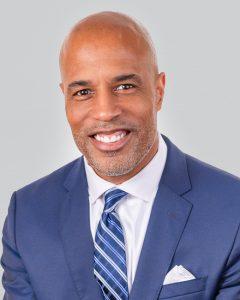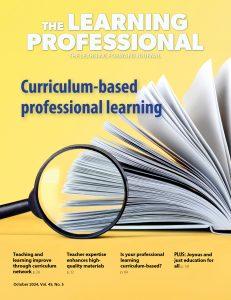A few years ago, I attended a State Consortium on Educator Effectiveness meeting in Baltimore co-hosted by the Council of Chief State School Officers and Learning Forward. At the meeting, principals from across the country were asked, “Is your job doable?” Their answers were both passionate and poignant.
Although no principal said his or her job was impossible, many described circumstances that left the audience wondering how long they would be able to sustain their pace. They described being required to complete formal evaluations of dozens of teachers each year. They highlighted their districts’ responses to their state student assessments and their roles in supporting the testing processes. They described workweeks that typically lasted 80-plus hours and weekends that were all but nonexistent. It was a sobering moment that left many in the audience wondering if we are asking our principals to do too much.
The Wallace Foundation Principal Pipeline Initiative works with six urban districts to create large corps of instructional leaders — principals whose main task is to improve teaching and learning. The districts are Hillsborough County, Florida; New York City, New York; Gwinnett County, Georgia; Charlotte-Mecklenburg, North Carolina; Prince George’s County, Maryland; and Denver, Colorado. The chosen districts survived a vetting process by Wallace before receiving funding. They are among the top districts in the country focusing their attention and resources on the principalship.
During a recent meeting of the Principal Pipeline Initiative professional learning community in New York, superintendents from these districts addressed the same question. Several were quick to acknowledge that the job of school principal is incredibly demanding and not for everyone. However, each superintendent who spoke emphasized that, while principals need the appropriate supports to do their jobs effectively, the job is doable.
As I reflect on these experiences, I’m drawn back to the word “supports.” What is it that districts — and perhaps provinces and states — can do to help support school leaders? Built into Wallace’s Principal Pipeline Initiative are the foundation’s beliefs about some of those supports, including:
- Very clear leadership standards that outline what leaders are expected to know and be able to do;
- Strong leadership preparation that ensures leaders can move into a principal position with the skills needed to do the job;
- An induction process that provides job-embedded learning during the first few years on the job; and
- Ongoing mentoring and support to help principals navigate the changing educational landscape.
The six Principal Pipeline Initiative districts had to prove these supports were either partially or completely in place before receiving the grant. After hearing from some of the overwhelmed principals from the State Consortium on Educator Effectiveness meeting, my guess is their districts may have lacked some of those basic supports. So what other supports do principals need? Here are a few I would offer:
- As part of their training, induction, and ongoing professional learning, principals need help understanding how to more effectively distribute leadership, particularly the management aspects of their work.
- Principals need central offices and regional service centers that are viewed by principals not as “mandate generators” but as “centers of support” and “providers of resources.”
- Principals need opportunities to network with their colleagues in learning communities where they can take ownership of their own learning.
Is the principal’s job doable? In many places, the answer is NO. However, we know what it takes to change that. It’s my hope that those principals who find themselves in “undoable” positions will find a way to advocate for a new reality.







